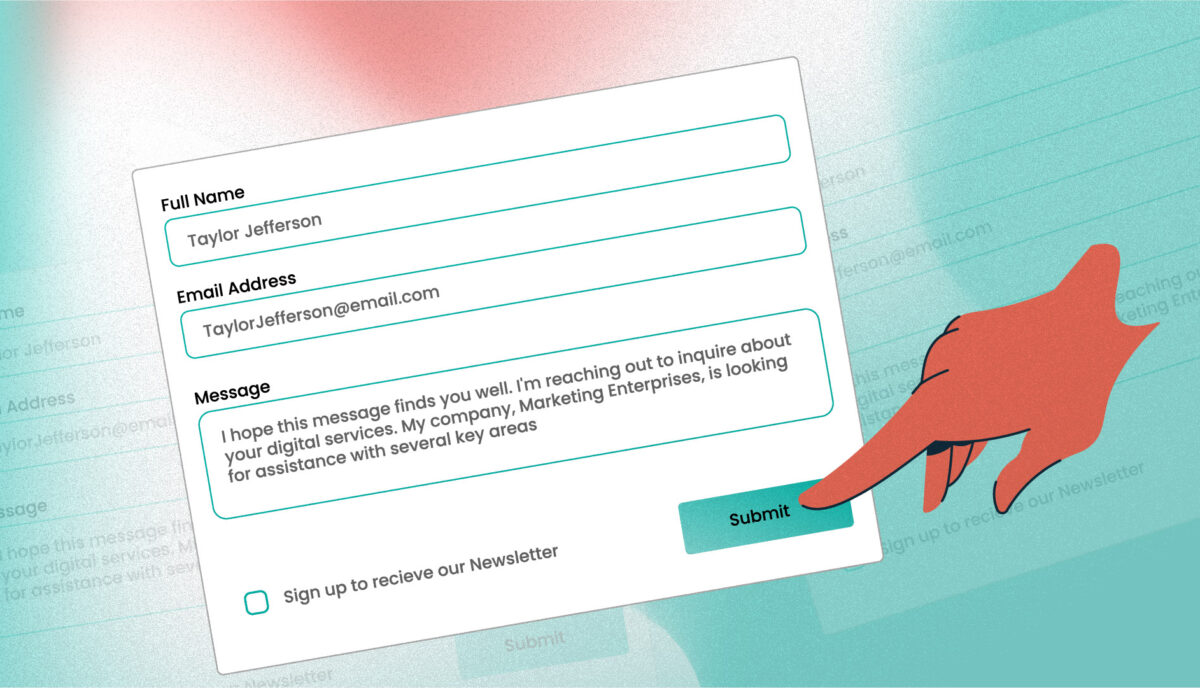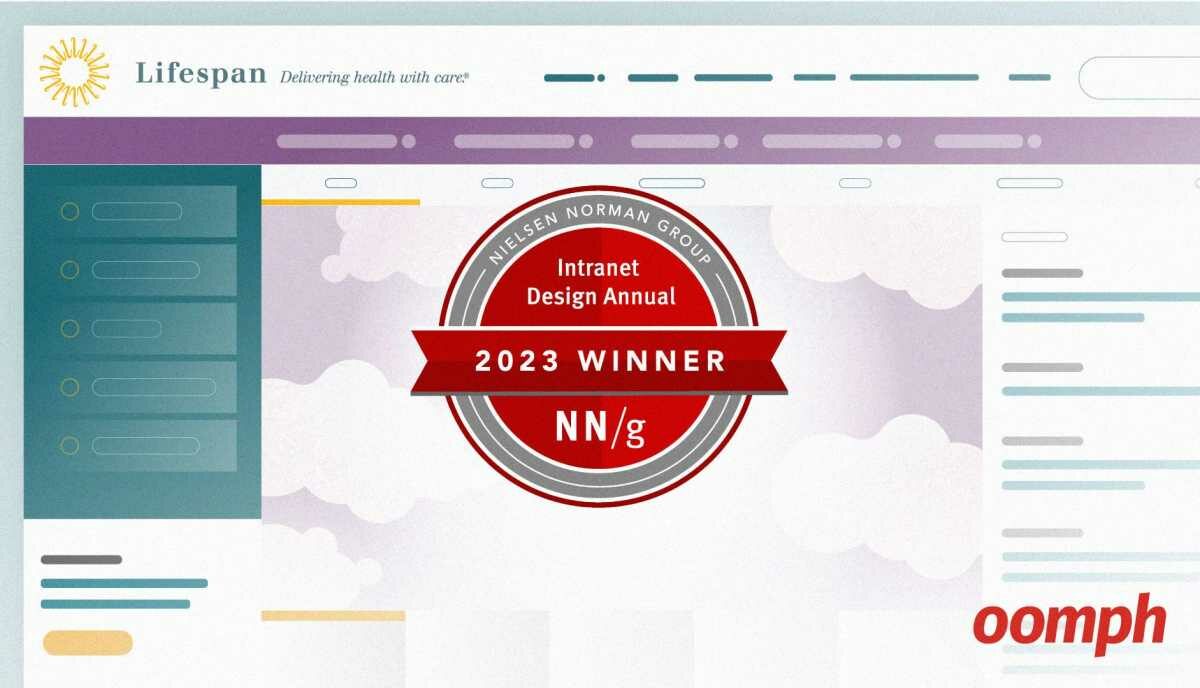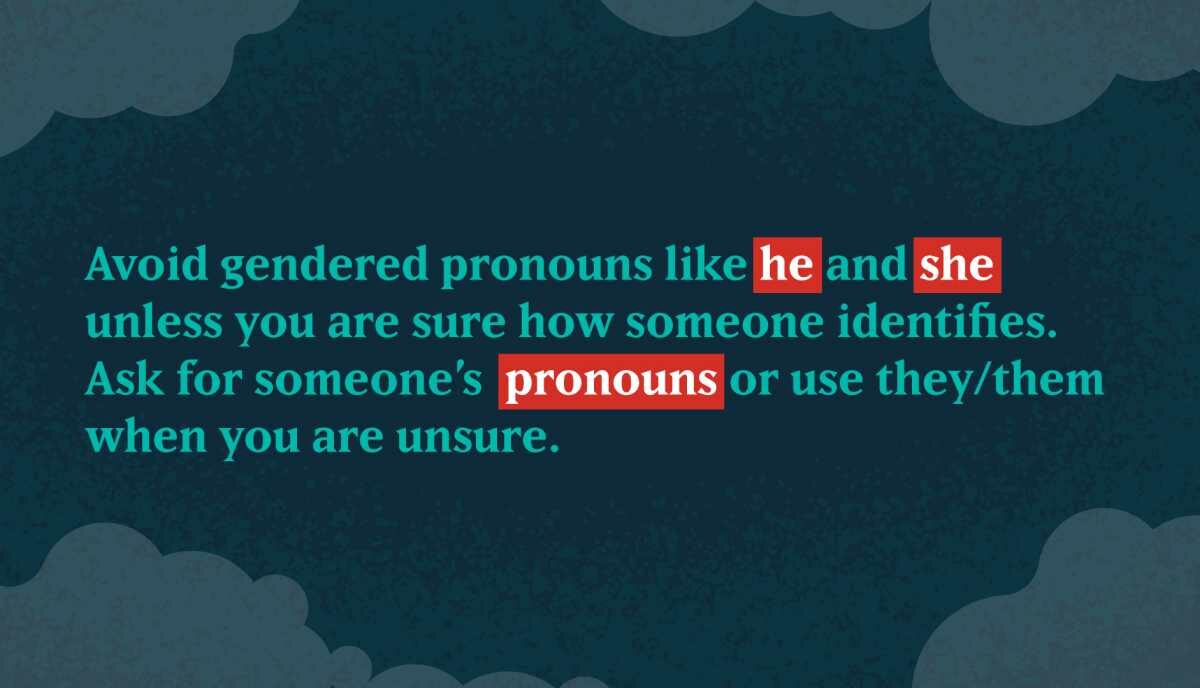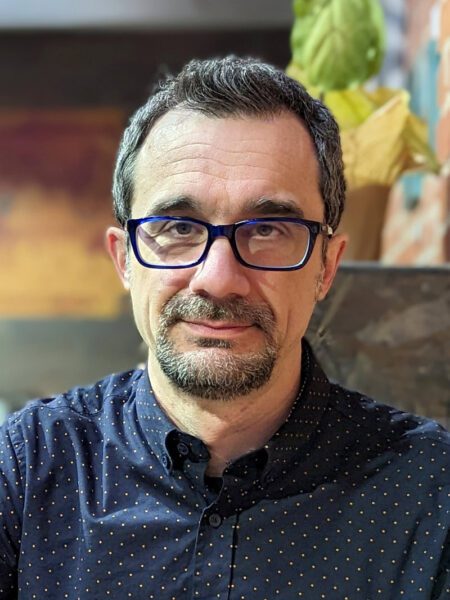Charting the Path for Success: How to get the most out of Discovery
We really believe in the value of Discovery at Oomph — in fact, we ideally do a Discovery and Strategy phase as its own project before identifying the most appropriate solution for a larger engagement. When we think about some of the most successful projects we have executed, we trace those back to a great Discovery and a deep dive early in the process. They set the stage by establishing a clear strategic vision for a successful project.
What is Discovery?
Many agencies might use the term Discovery to mean the initial meeting to gather requirements, talk about goals, and outline what kind of project the group is undertaking. While that is all true, we think a Discovery phase needs to be more in order to be truly successful.
The goal of Discovery is to uncover as many unknowns as possible, develop a greater understanding of the client’s brand, audience, position in the marketplace, main competitors, and their long-term goals — not just for the project that we are building, but for the business in general. What are the challenges facing them? What are their biggest assets? What makes them successful and sets them apart from their competitors? Where do they have trouble competing and why?
When one is done well, and when we can have open and honest communication about all of these topics, a Discovery phase helps draw the blueprint for a successful project — it helps set expectations, clarify what the goals of the project are, and define how success can be measured.
Prepare for Conversations
At Oomph, we prepare for the first meeting with some homework. The client gets a Discovery questionnaire that documents all of the more easily answered questions in writing. While simple, if we are able to survey a large group of stakeholders, it is important to review these answers to see if the client is aligned internally. If different people from different parts of the organization all have different goals or expectations for the new project, or if they have different ways of explaining what the company does or who the company serves, that is something we need to bring up and discuss. Further, we should ask whose goals are the most important? Who makes that decision?
Meanwhile, we embark on a few pieces of homework ourselves:
- an analytics audit,
- an existing conditions report,
- possibly an IA test on the existing navigation,
- possibly a HotJar survey on the existing site,
- and sometimes an in-depth competitor analysis report.
From the Discovery questionnaire, and from our audits and reports, we start to draft a list of questions and conversation starters for our in-person session. It is important to have these large ideas and issues to discuss in order to get the most out of the meeting.
Be present, be open, & be honest
We schedule our big Discovery meeting as a minimum half-day event, sometimes an entire day if the project is particularly complex or the stakeholder group particularly large. A separate Technical Discovery meeting can often be scheduled as well if a project has higher technical demands like an integration or large data migration.
Even in a post-COVID world, there are good reasons to try to do these meetings in person, if the groups are near enough geographically and everyone is comfortable. An extra-large conference room should be used with space between participants. Everyone should wear a face covering to keep droplets to a minimum. A large group could be split into participants willing to take precautions in person with another group remote by video. It can be done, but we admit that it will be more difficult.
If all participants will be remote, keep in mind that a long day of in-depth conversations is going to require more concentration. People are easily distracted because, often, this meeting is not their priority, and we all know how easy it is to get distracted at your computer by other applications sending you notifications behind the scenes. That’s why we set the stage ahead of time and ask folks to adhere to a few key requests:
Block out your calendar, turn your notifications off, and shut down any chat software
We know its tough, but focusing during these few hours will result in months of productivity, alignment, and will reduce surprises down the road.
Listen to one another and use video as much as possible
We care less about what your hair or background look like, and we’ve all come to accept the noises from pets or children. More importantly, seeing each other means that we can read visual cues and body language, we are less likely to talk over each other, and we can be more open and engaged. It may not replace being in the same room together, but it is the best we can do.
Come prepared to talk
A prepared agenda is sent out a least a day in advance to let all the stakeholders know what we expect to cover, and we include hour-by-hour time frames as well. These time frames help keep us on pace during the meeting — to gauge which conversations are going long to help keep the day in check.
We start with introductions, then move on to specific tasks or questions that we want to uncover. We try to mix the day up with activities that can use different parts of the brain to combat meeting fatigue. To keep participation high, we will encourage the group to have the next conversation while standing. We also schedule breaks to get up and move around the room before diving back into the next topic.
Some interactive activities include:
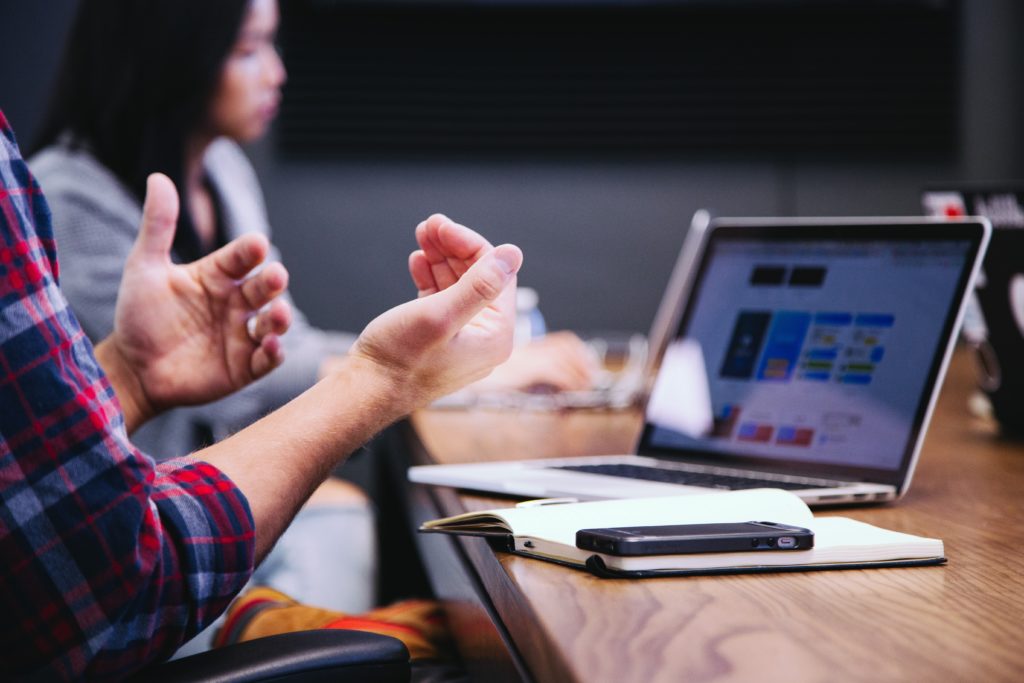
A “20 second gut check”
Great for redesign or new design projects — 20 slides are prepared of sites in a similar sphere as the client, with some inspiration from outside their competition as well. Each stakeholder is told, “think about what you might feel if this were your new website.” They are then given 20 seconds to review each slide and mark on a score sheet their reaction — 1 for a negative reaction, 5 for a positive. At the end, we tally the scores and discuss the top 3 and bottom 3 to gauge their reactions to different visual styles.
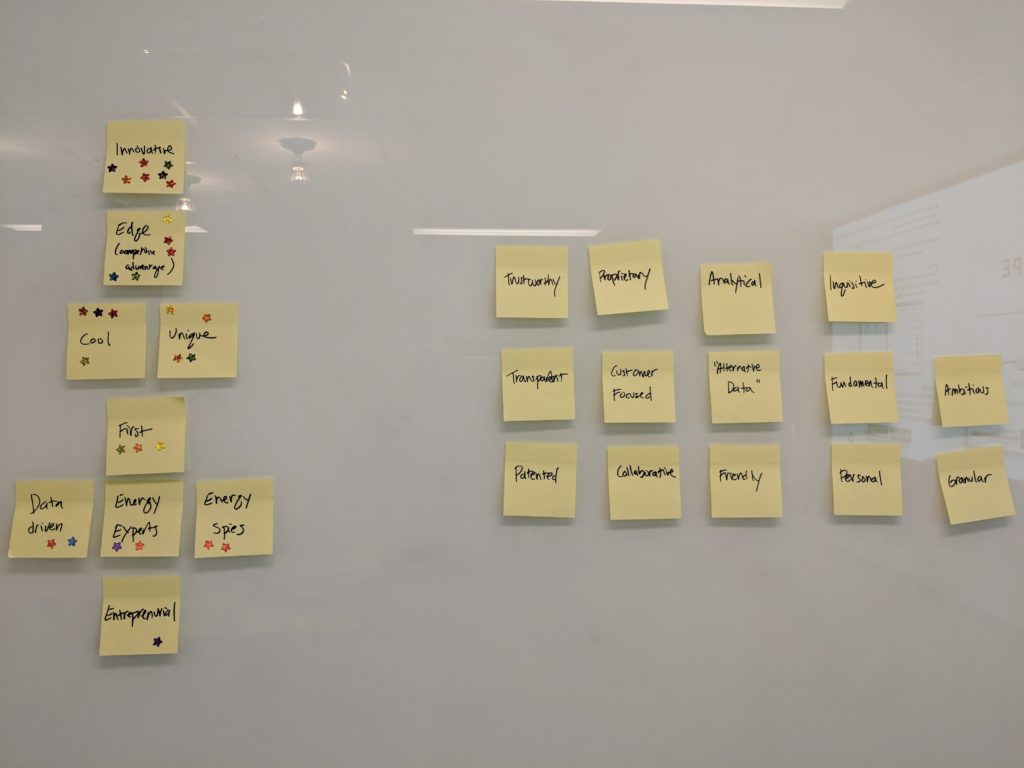
Emotional Rank
Great for any project, we ask everyone to think about the kinds of emotions that they want their brand and this new project to evoke in the user. These are usually broad emotions at first, but we try to help them dig deeper into more specific emotions as well. The goal is to get as many emotions written onto sticky notes (on a physical board or a virtual one) as possible.
We then give all the stakeholders three stars each. They are instructed to highlight their three most important emotions. When complete, we get a good picture as to whether or not people are aligned in their values and can discuss either how well everyone voted in the same direction or how spread out the votes were.
Actions Rank
Similar to the Emotional rank above, but with the actions that we want a user to take either on the site in general or on a specific page (usually the homepage). We list all the possible actions that will be available to the user and then ask the group to rank them.
This is a useful exercise because often-times competing internal stakeholder groups want their information on the homepage even though business goal may dictate that it is not the most important information for customers.
In-depth Feature Review
For this exercise, we bring up a sampling of websites that have a particular interactive feature that we would like to discuss. Maybe it is an interesting navigation pattern, a good use of video that we feel that would be relevant to the client’s goals, or some other custom feature like a custom lead form. We discuss these in real-time and use the feature as they would, all while discussing whether or not this would be a good focus for our future design thinking.
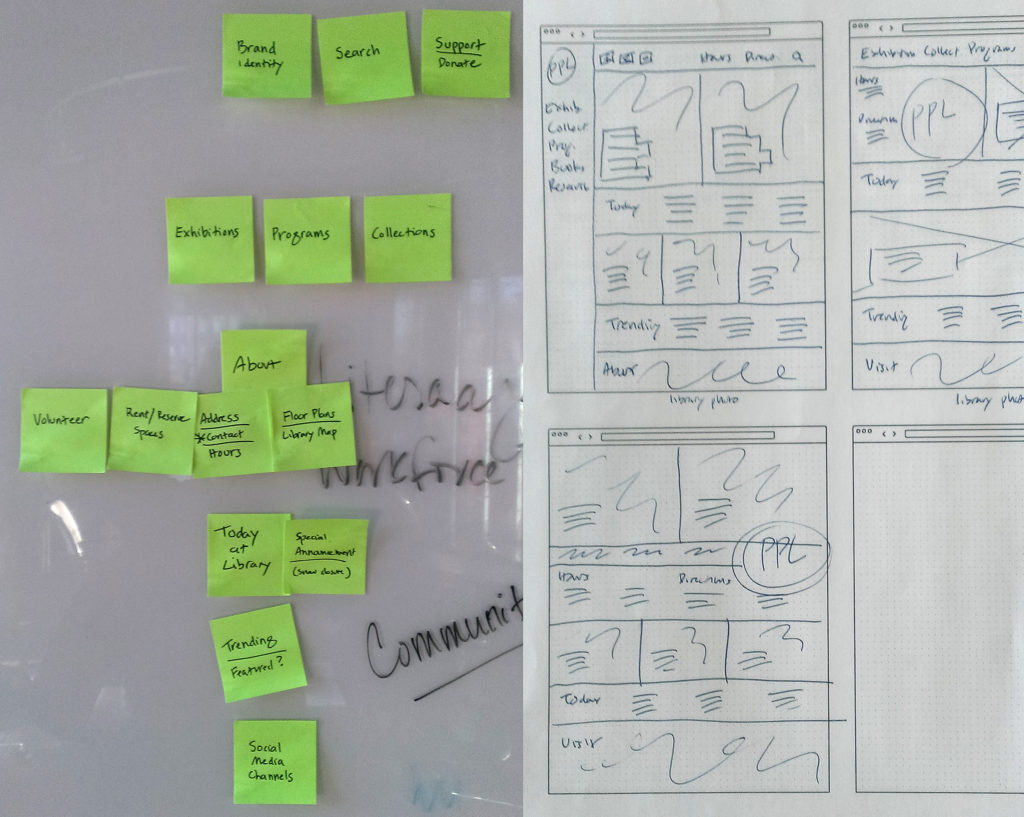
Live Sketching
Not everyone considers themselves an artist or a designer, but most everyone understands the Web and how information should be displayed. The purpose of this exercise is to roughly sketch out a wireframe of a new page — maybe it is the homepage, or maybe it is a particular feature page.
Ahead of this exercise, we send out sketch paper that people can print themselves with black and white drawings of phone screens or desktop browser windows. Some folks find it easier to work within these drawings. Ideally, we conduct this exercise after the emotional and action rank exercises — the group will have a clearer picture of the information hierarchy we are all thinking about. We then have people share their sketch one by one, and what particular feature they found the most exciting to think about or draw.
Be prepared for “Design Therapy”
For some clients, this might be the first time that these stakeholders have all been together discussing one project that they share. Sometimes, if you properly set up the idea that this is a “safe space” kind of meeting, grievances will inevitably come out. They could be about the current website and how it went wrong, or the goals of this project, or just simply about the corporate structure of the company they are coming from. Be prepared for some eye-opening insights.
While the goal of these meetings is for you (as the design agency) to get out as much information as possible about the project at hand, it is also important for the client to feel like they are being heard, even if that means discussing something that is not immediately relevant to the project. Allow it to happen, and then gently try to bring the conversation back around to something that is relevant to your goals. Take what they say with a grain of salt, but listen to it, empathize, and catalog it as a way to understand their culture. It might come in handy as a way to frame feedback you are getting at a later stage in the project.
Collect & Present
To bring the Discovery Phase to a close, we prepare a comprehensive Discovery deck that reviews everything that we have learned from our own analysis, our meetings, and the collective conversation we have had. It is meant to be the new project’s blueprint, and it serves a few purposes — it sets expectations for the client; it reinforces the fact that we have heard them and understand what they need; it outlines their preferences, ways of working, their audience, their goals, and the high-level feature requirements; and it is a format in which we can get sign-off.
The final deck could include these items, if not more:
- Describe the existing conditions, problems, successes
- Define the goals of the project and what success looks like
- Describe the limitations of the current solution alongside the needs that are no longer addressed successfully
- Document the current brand standards and any acknowledged shortcomings
- Define the audience broadly, or more specifically with personas
- Prepare an overview of any Discovery sessions exercises
- Propose recommendations based on what you have heard throughout Discovery
- Propose a revised timeline, based on any new requirements
- Document any perceived risks with any aspect of the project
- Optionally, propose any important page wireframes

Finally, set aside some time — up to 2 hours — to review the findings deck with the client. It may seem redundant, but we have found that nothing goes further to instill confidence than saying everything out loud and clearly. We want our clients to know that we understand them, we understand the project at hand, and we understand how to get it done.
The end of this phase is also a great time to realign budgets and timelines. When estimating a project, it is nearly impossible to know and anticipate all the business needs, design aesthetics, and potential features that a project may require. We do our best, of course, given what we know and what we don’t. By the end of Discovery, however, we are in a much better position to reevaluate the budget. While the net cost may not change, what we can deliver for that budget could shift, and it is a great time to remove those “nice-to-haves,” if needed.
Successful Discovery leads to Successful Projects
That might seem like a bold claim, and it is. What it should say is “Successful Discovery Phases Create the Opportunity for a Successful Project” — but that’s a little wordy. While projects are complicated and Discovery phases don’t always uncover all the possible unknowns, we can say from experience that a great Discovery phase puts us in a much better position to have a great project outcome.
At the very least, it lets the client know that we understand the goals and are willing to craft creative solutions when the unexpected crops up. On the flip side, we can also say that with any project that has gone sideways, it either had a shortened Discovery phase without enough time to uncover unknowns and document goals, or it did not have a proper Discovery phase at all.
If you are a member of an agency and your company does not yet conduct Discovery phases, this is how we craft ours — and we can’t stress enough how they help create a solid foundation for a successful project. If you are in the client’s seat, we hope you have a better understanding of what it is and how we use Discovery and why we find it valuable. And drop us a line so we can set up a time to start your project’s Discovery.
